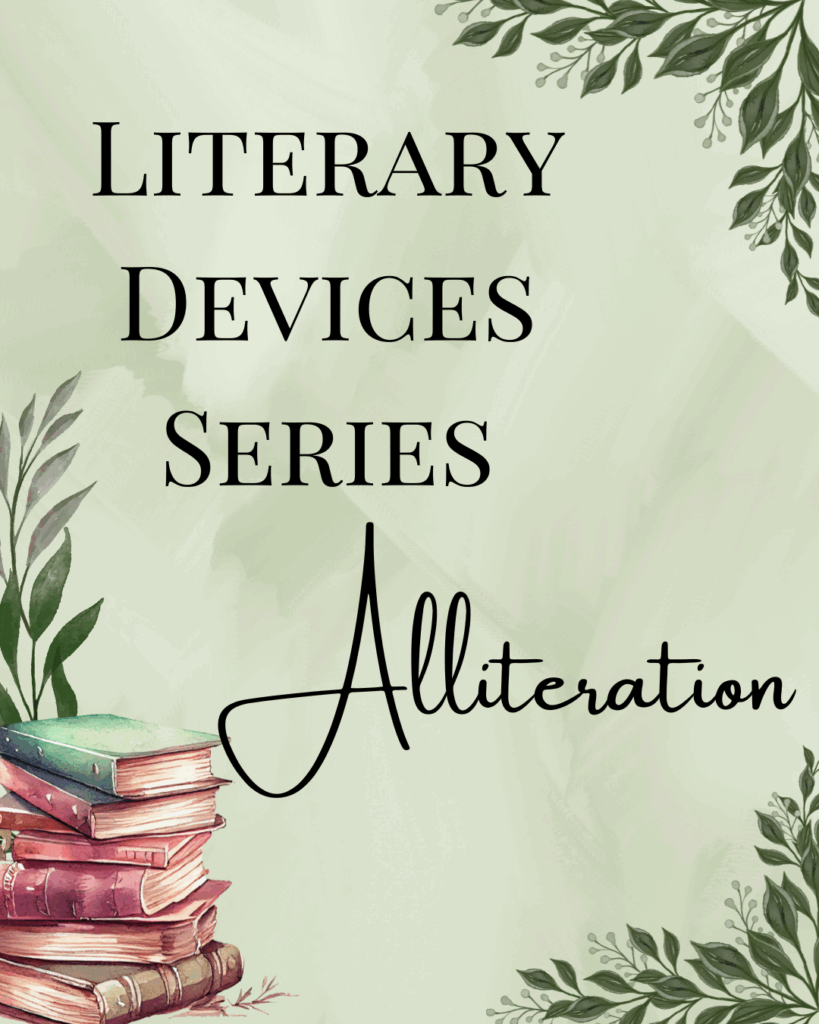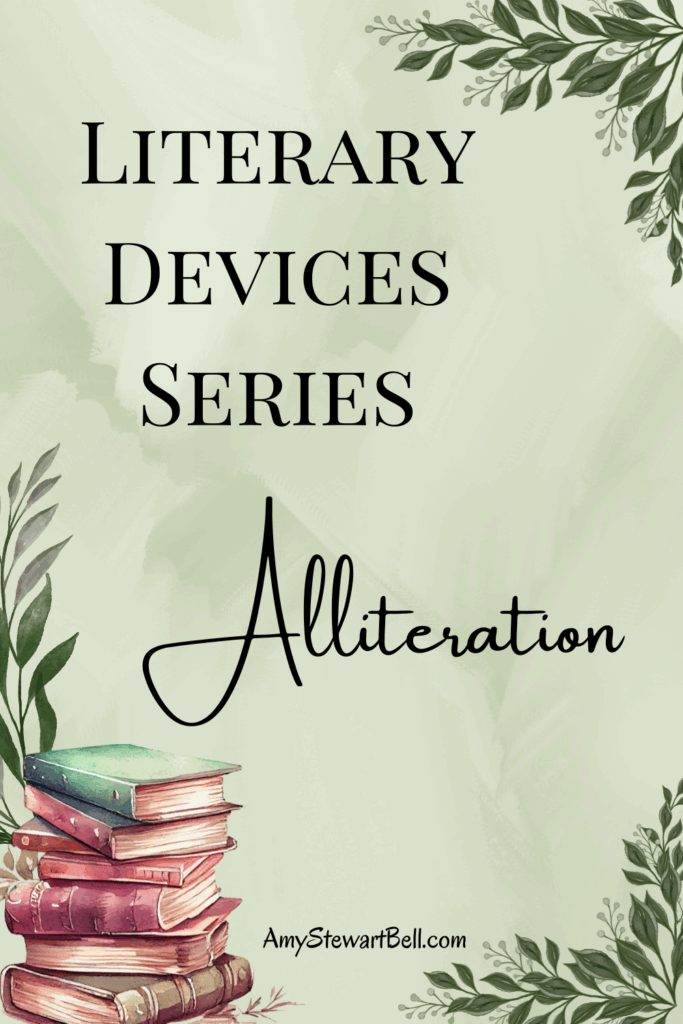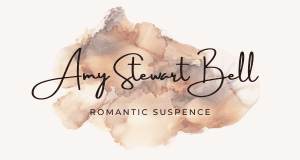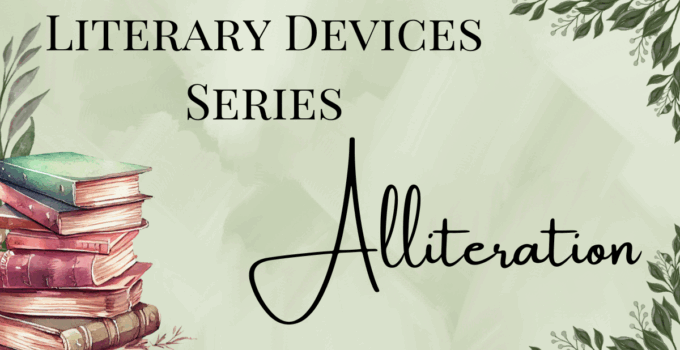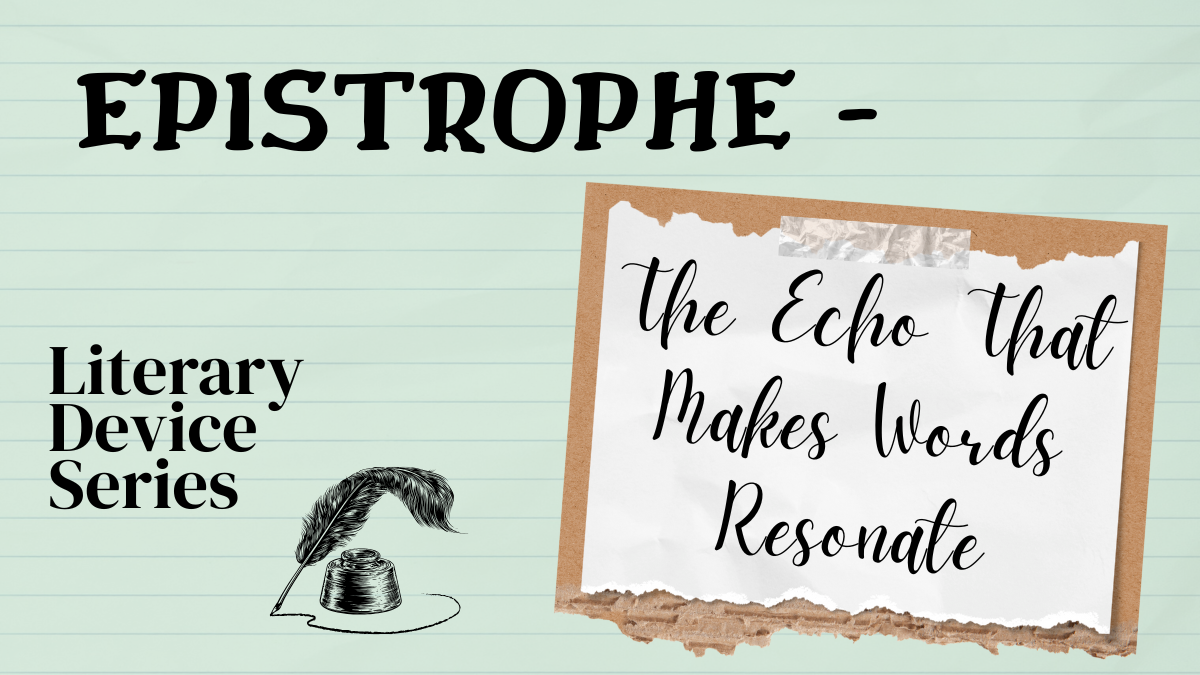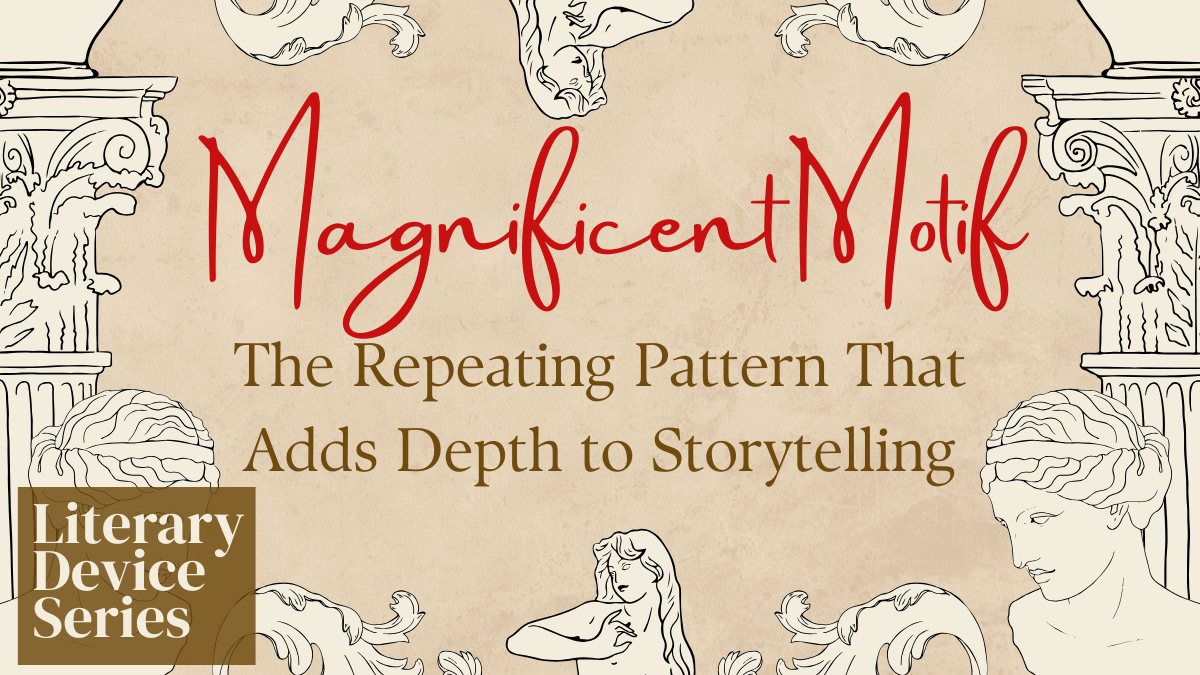Alliteration is one of the most engaging and accessible literary devices, used to add rhythm, mood, and emphasis to writing. Whether you’re crafting a novel, writing poetry, or brainstorming a memorable headline, alliteration can help your words pop.
💡 What Is Alliteration?
At its core, alliteration is the repetition of the same consonant sound at the beginning of closely connected words. It’s not just about matching letters—it’s about matching sounds.
Example:
She sells sea shells by the sea shore.
Here, the repeated “s” sound adds a smooth, swishing rhythm, making the sentence fun to say and easy to remember.
✨ Why Use Alliteration?
Writers and speakers use alliteration for a few key reasons:
- 🎵 To create musicality – Repeating sounds adds a lyrical quality to language.
- 💥 To emphasize important ideas – Alliterative phrases tend to stand out.
- 🔁 To make phrases more memorable – Think of brand names like Coca-Cola.
- 🎭 To set the tone – Soft consonants create calm or romance; hard ones add edge or urgency.
📚 Examples of Alliteration in Action
🖋️ Classic Literature
“From forth the fatal loins of these two foes…”
— William Shakespeare, Romeo and Juliet
The repetition of the “f” sound sharpens the tension between the feuding families.
🕯️ Gothic Poetry
“Doubting, dreaming dreams no mortal ever dared to dream before.”
— Edgar Allan Poe, The Raven
Here, the “d” sound deepens the sense of dread and obsession.
👧 Children’s Books
“Peter Piper picked a peck of pickled peppers.”
A classic tongue-twister full of playfulness and rhythm.
📣 Advertising
“Maybe she’s born with it. Maybe it’s Maybelline.”
The repeating “m” makes the slogan catchy and memorable—perfect for branding.
✍️ Writing Tips: How to Use Alliteration Effectively
Ready to try it yourself? Keep these quick tips in mind:
- Use it with purpose – Match the mood or message you’re trying to convey.
- Don’t overdo it – Too much can distract or sound artificial.
- Read aloud – Hearing the sound can help you find the right balance.
- Focus on sound, not spelling – “Crisp and clean” works, even though the letters vary.
🔚 Final Thoughts
Alliteration is a small technique with big impact. It adds rhythm to your writing, strengthens your message, and makes your words linger in the minds of your readers.
Whether you’re writing a suspenseful scene, a romantic line, or a memorable tagline, try adding a touch of alliteration to elevate your language.
Want more writing tips like this?
Subscribe to the blog for regular doses of literary insight and creative inspiration. 🎤📚✨
LET’S CONNECT!
There are many ways to connect with Amy Stewart Bell. We would love to know what you think and any of the topics we offer. We welcome your comments and want to interact with you!
If you haven’t yet, grab your copies of Once Captured, Uncharted Captivity, and The Captive Mind.
You can also connect in other areas. Join us on Instagram @AmyWritesAll, on X @AmyWritesAll, and on Facebook @AmyWritesAll.
Be sure to join our community as well; you will get even more inside info!
